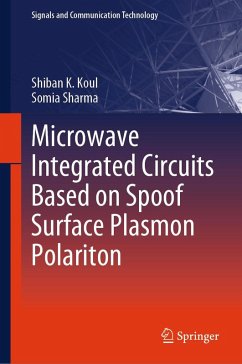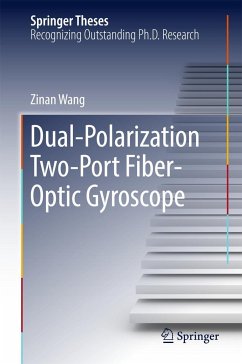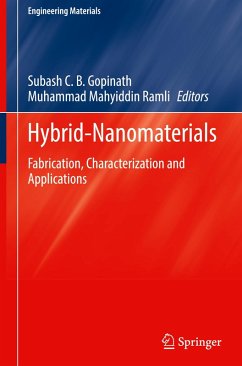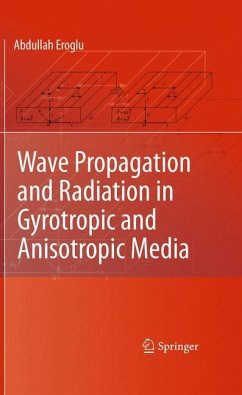
Microwave Absorbers
Materials Engineering
Versandkostenfrei!
Versandfertig in 6-10 Tagen
106,99 €
inkl. MwSt.

PAYBACK Punkte
53 °P sammeln!
With the exponential rise of wireless devices, the electromagnetic interference (EMI) phenomenon affects the performance of these devices. Hence, it is critical to investigate various approaches to hinder the EMI effects. One of the most popular techniques to reduce EMI is to design and deploy microwave absorbers.This book presents the design requirements of novel electromagnetic wave shielding materials for modern commercial devices. A detailed in-depth analysis of the material synthesis with numerous practical case studies are presented in this book. The principles of microwave characterizat...
With the exponential rise of wireless devices, the electromagnetic interference (EMI) phenomenon affects the performance of these devices. Hence, it is critical to investigate various approaches to hinder the EMI effects. One of the most popular techniques to reduce EMI is to design and deploy microwave absorbers.
This book presents the design requirements of novel electromagnetic wave shielding materials for modern commercial devices. A detailed in-depth analysis of the material synthesis with numerous practical case studies are presented in this book. The principles of microwave characterization of these materials are also explored. The definitions and procedural methods to characterize the shielding effectiveness are also presented. The practical use of polymer nanocomposite prepared by MWCNT, SWCNT, nanofibers, graphene and various ferrites in the polymer matrix is discussed. Practical use-case scenarios of design processes of various polymers along with general nanomaterials, carbon nanomaterials, inorganic magnetic nanoparticles, are also investigated. Lastly, alternate shielding methods are reported in the book.
This book presents the design requirements of novel electromagnetic wave shielding materials for modern commercial devices. A detailed in-depth analysis of the material synthesis with numerous practical case studies are presented in this book. The principles of microwave characterization of these materials are also explored. The definitions and procedural methods to characterize the shielding effectiveness are also presented. The practical use of polymer nanocomposite prepared by MWCNT, SWCNT, nanofibers, graphene and various ferrites in the polymer matrix is discussed. Practical use-case scenarios of design processes of various polymers along with general nanomaterials, carbon nanomaterials, inorganic magnetic nanoparticles, are also investigated. Lastly, alternate shielding methods are reported in the book.












